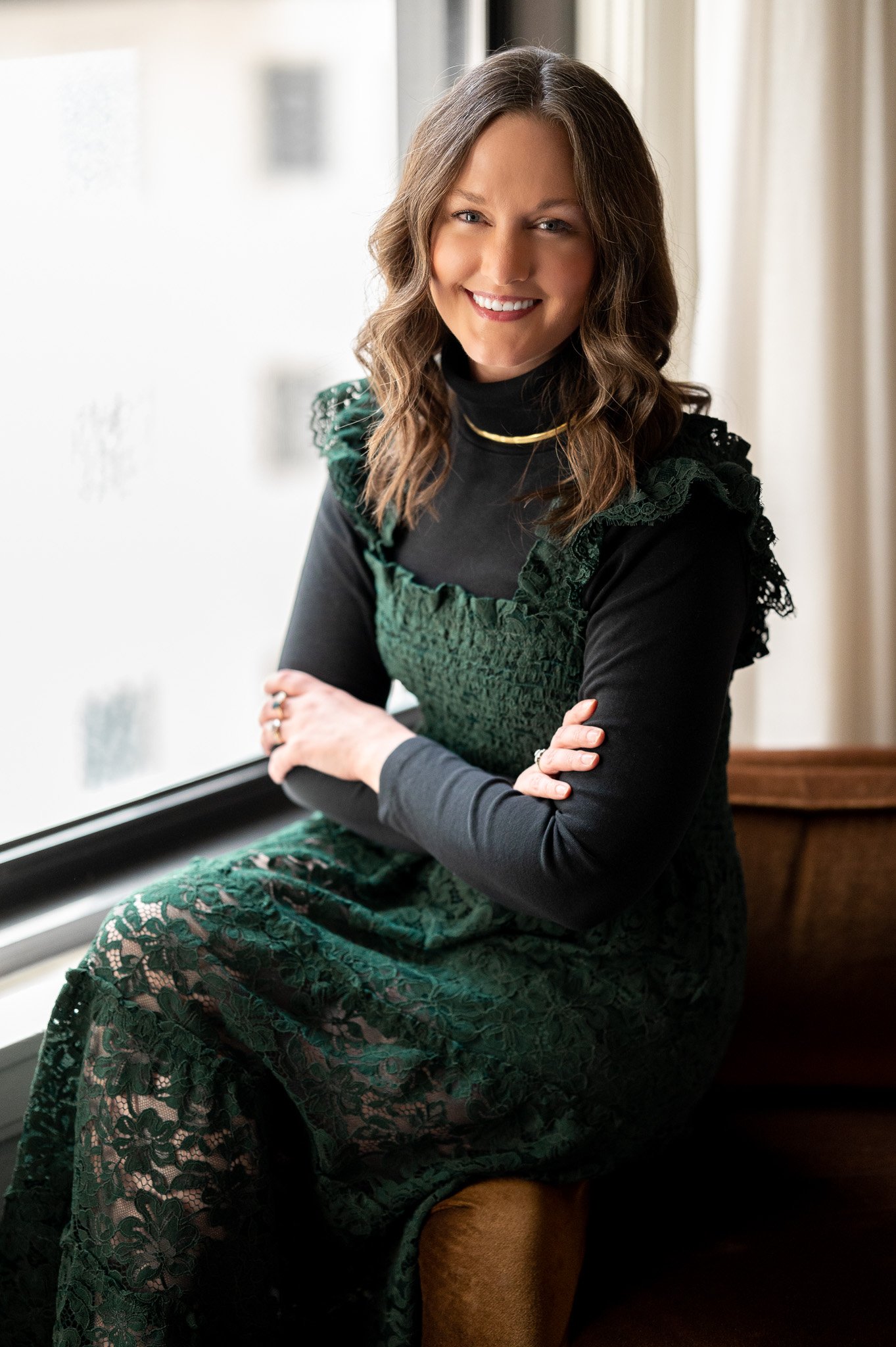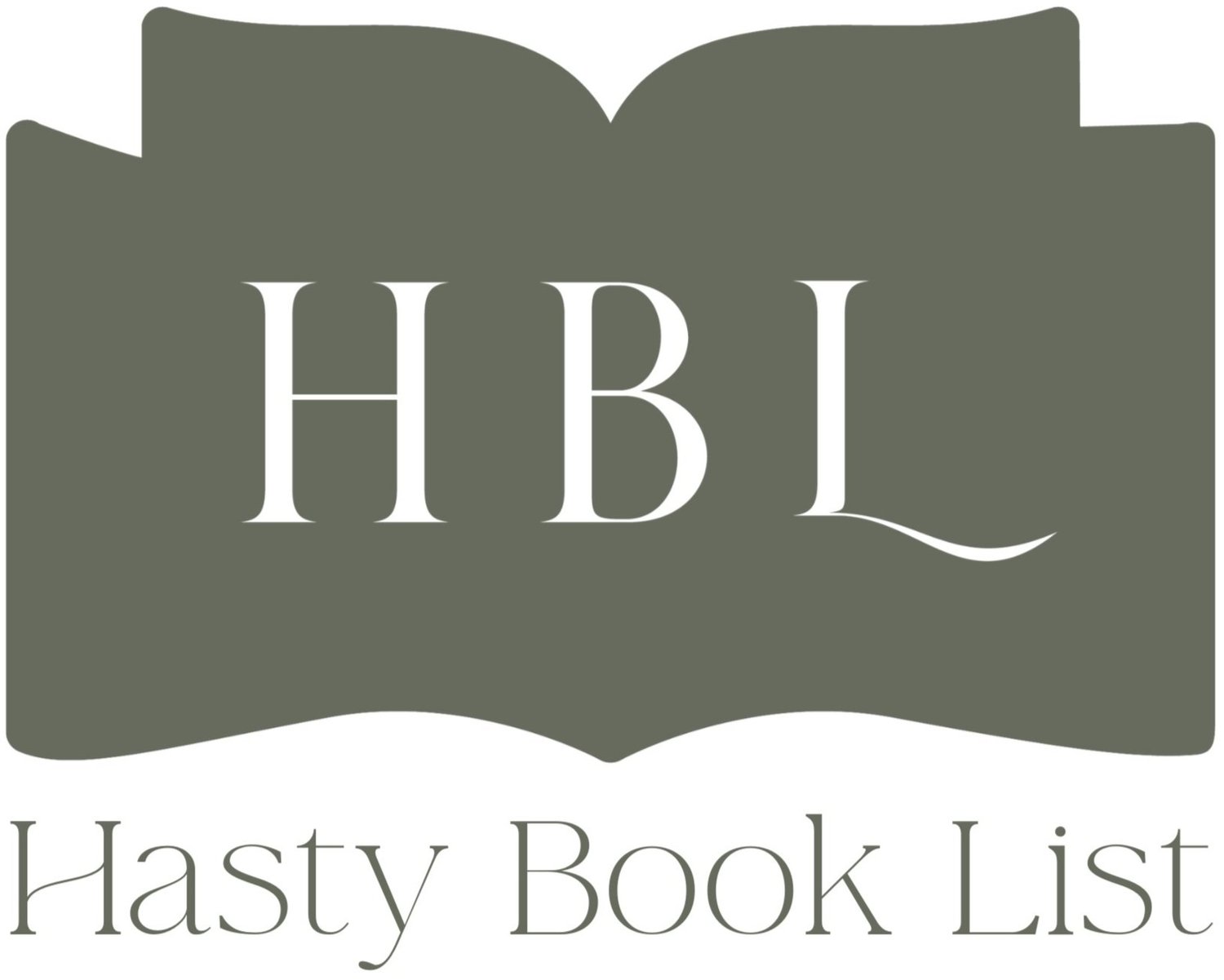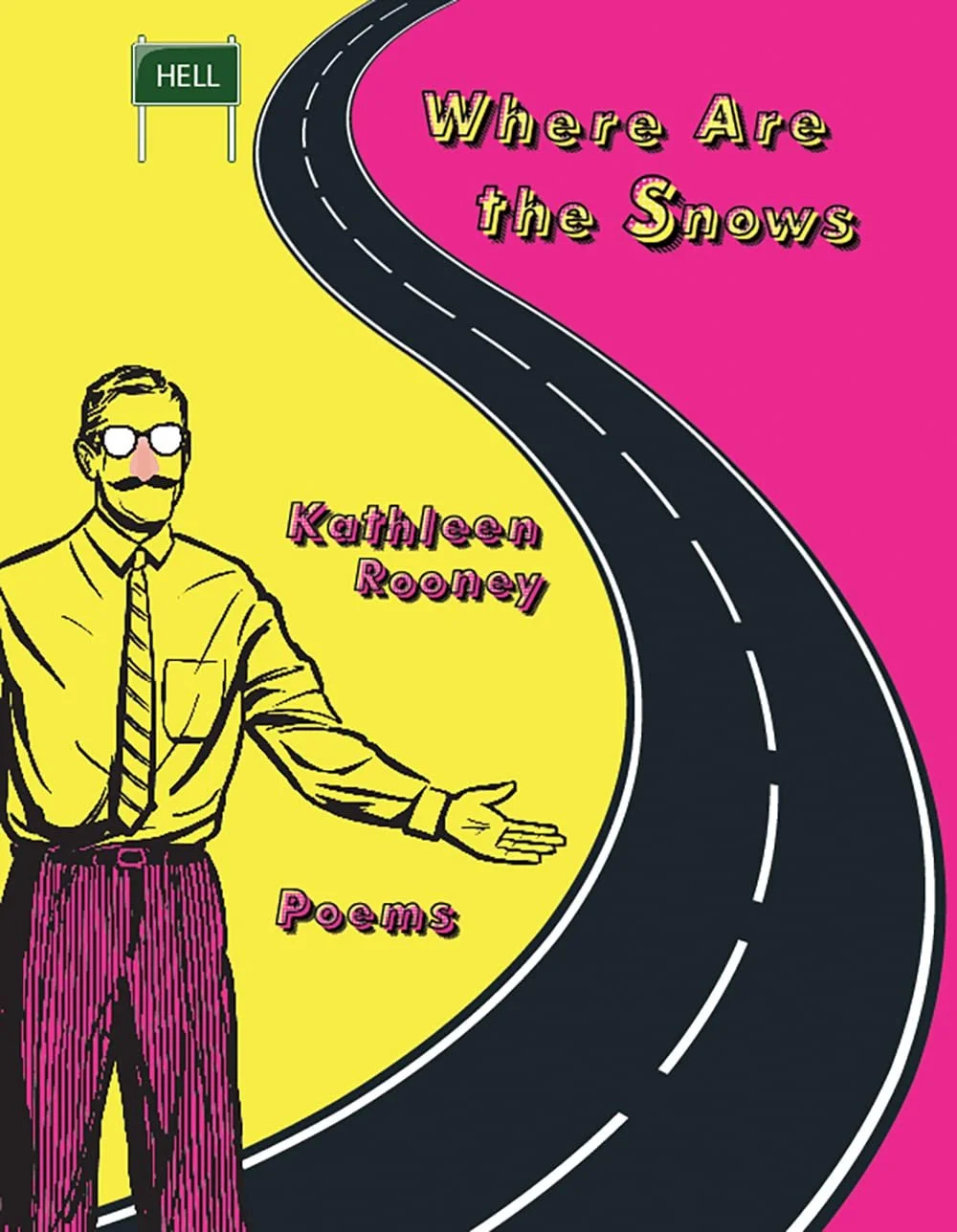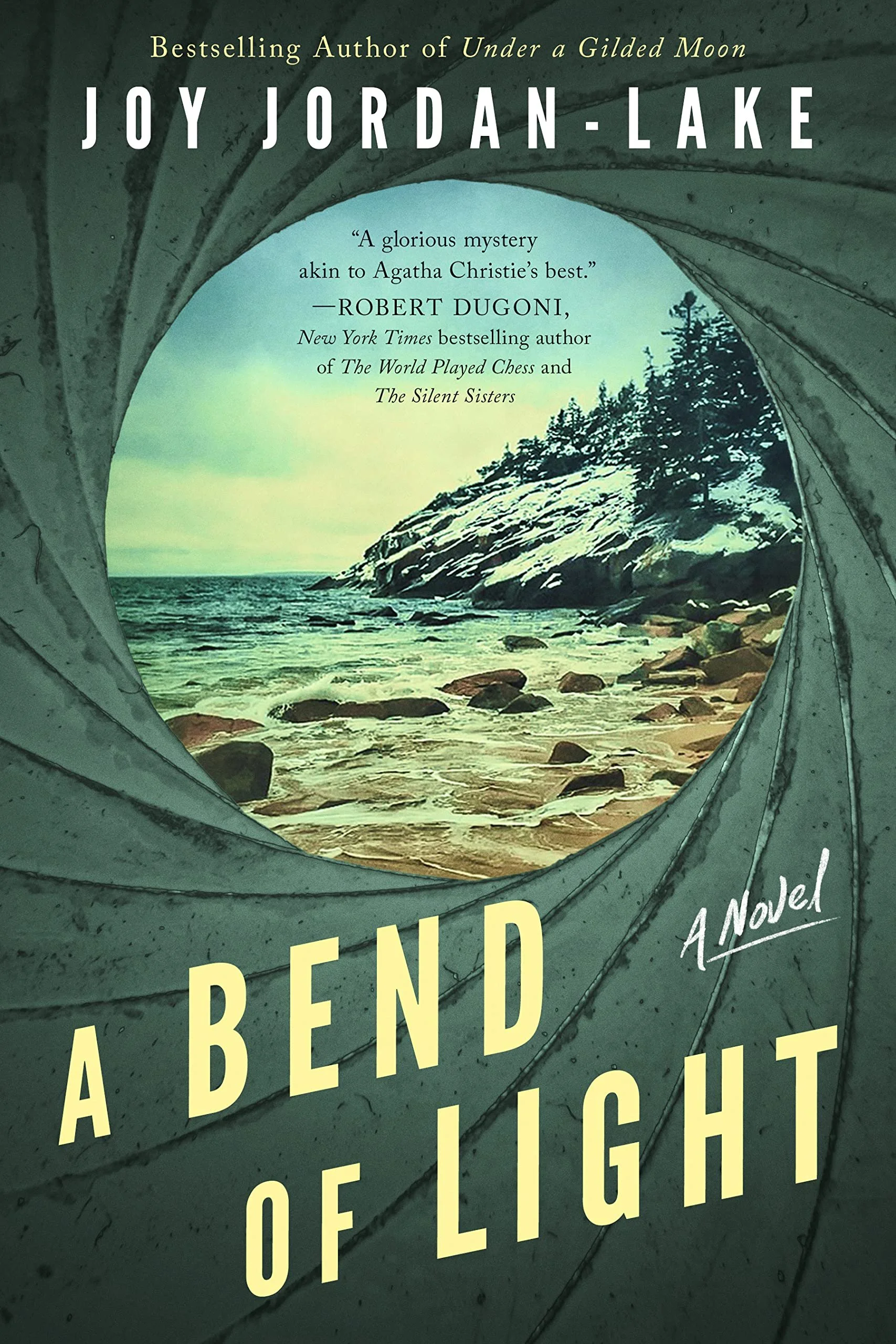Where Are the Snows
Book Feature - Where Are the Snows by Kathleen Rooney
HBL Note: Kathleen Rooney is a fellow Chicagoan who I met at bookish social event several months ago. I’d seen her around town at various events as part of her Poems While You Wait program - a collective of poets who appear at such public places as festivals, museums, art shows, etc. and write poetry while visitors are waiting in line to enter, or buy tickets, or make a purchase, or view a piece of art. I’m always so delighted when I see their pop-up at an event I’m attending. I can’t imagine a better way to pass the time while standing in line.
Where Are the Snows is her latest collection of poems. When she reached out to me, she said “My goal in writing it was to make each line at least as goofy and determined to connect as a YouTube comment.” Kazim Ali, a fellow poet, picked WHERE ARE THE SNOWS as the 2021 winner of the X.J. Kennedy Poetry Prize. He had this to say about Kathleen’s latest collectinon:
“Where Are the Snows is somehow desperately tender and wickedly incisive at the same time. Kathleen Rooney manages a smart, fierce, and intelligent take on contemporary life that everyone should read. It is a generous book that invites a reader in, and generative in the way that good poetry always is. Read a couple of pages of this book and you need to put it down and go make something, whether a poem or a sculpture or a major life decision, as you prefer. Any of the three would be in the spirit of this wild and wonderful work.”
—Kazim Ali, author of The Voice of Sheila Chandra
Book Feature - Where Are the Snows by Kathleen Rooney
Book Feature - Where Are the Snows by Kathleen Rooney
From the publisher:
Where Are the Snows takes its title from the famous refrain of François Villon’s 15th Century poem “Ballad of the Ladies of Times Past.” Like that poem, the book functions, among other things, as an ubi sunt, Latin for “Where are they?” as in “Where are the ones who came before us?”—the beautiful, the strong, the virtuous, all of them? In keeping with that long tradition, these poems offer a way to think about life’s transience—its beauty, its absurdity, and of course its mortality. Allusive and associative, anti-capitalist and unapologetically political, aligned somewhere between comedy and anger, this poetry juxtaposes the triumphs and tragedies (mostly tragedies) of our current age with those of history, and—by wondering “Where are they?”—explores the questions of where we are now and where we might be going.






